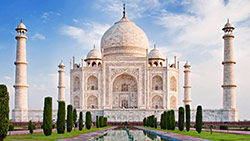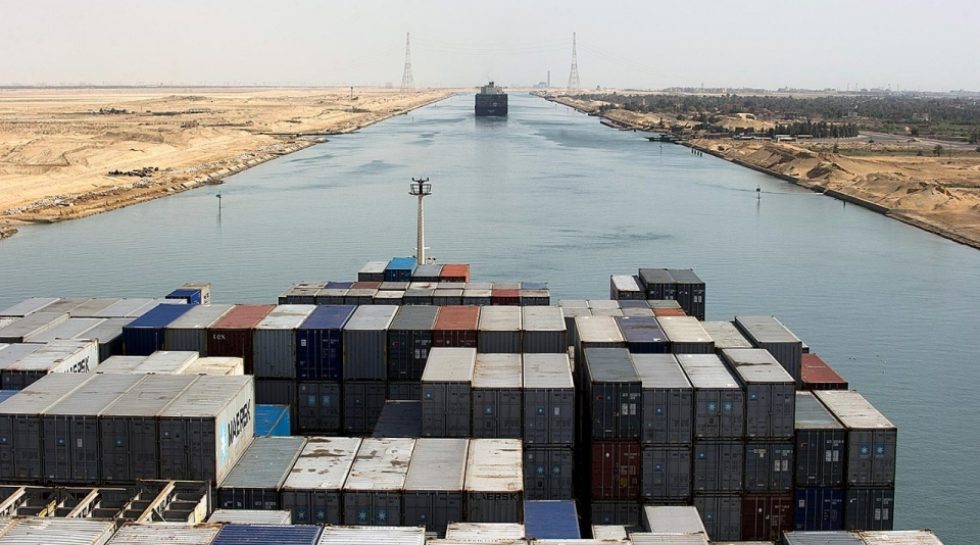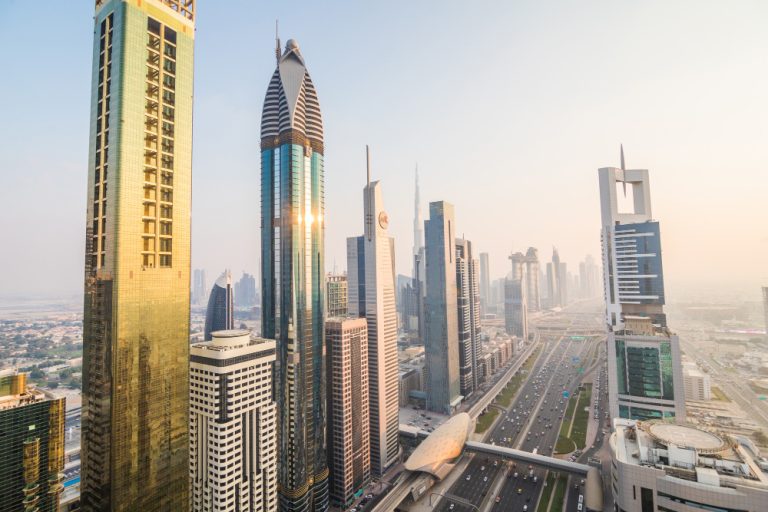Since its establishment in 1869, the Suez Canal has been an essential trade route between Europe and Asia, facilitating shipping and reducing transit time. However, the emergence of new international corridors is challenging this domination. India-Middle East-Europe Corridor (IME) and International North–South Transport Corridor (INSTC) are both potential competitors to attract transit from Egypt to other parts of the Middle East. The Iraq-Turkey corridor is also poised to become a player in the region within the next 10 years. These new corridors are reshaping the global logistics landscape and may reduce the Suez Canal’s role as a significant transport hub. In addition, Israel might begin to forge an artificial canal from its territory in the near future to reduce its reliance on the Suez Canal as well. This article explores the emerging challenges from other transport corridors in the Middle East.
The rise of IME Corridor, a new rival to Suez Canal
The India-Middle East-Europe Corridor (IME) is positioned to become a major transportation link, moving goods from India to Arab nations including UAE, Oman and Saudi Arabia, and then to Europe through Israel’s coast, alongside the Mediterranean Sea. This will be the first time that Israel can contribute its territory as a transport hub and could potentially reduce its reliance on the Suez Canal. The IME is projected to reduce travel time between Europe and India, and may challenge the Suez Canal’s dominance as the primary trade route between the two continents. The IME is likely to offer an alternative trade route to Egypt’s Suez Canal, which has been a key player in global shipping for over a century. The creation of such a corridor will also help to diversify trade routes and increase competition in the region, potentially attracting more investment and creating new job opportunities.
International North-South Transport Corridor
The International North–South Transport Corridor, also known as INSTC, is a significant player in global transportation. This route connects India to Russia and North Europe via Iran’s territory. Despite Iran’s delays to complete the main route from Chabahar port to the north via railway, alternative routes like Bandar Abas to the Caspian Sea have been initiated. This corridor will provide a direct link between Central Asia and the Persian Gulf, making it a major trade route. Its connection with the BRICS countries could make it a “Crossroads of World Trade.” Once fully equipped, the INSTC can potentially divert transit from the Suez Canal, benefiting African countries as well.
Iraq-Turkey Transport Corridor
Iraq’s geographical position, with a shortage of coastline alongside the Persian Gulf, has weakened its position over the decades. The country intends to initiate a transport corridor in cooperation with its northern neighbor, Turkey, from the Faw port, which is located at the southern city of Iraq, to its northern borders. The projected development includes a couple of high-speed railway and road routes in parallel paths. The new Iraq-Turkey transport corridor has the potential to become a significant trade route, rivaling the Suez Canal and other transport corridors in the region.
Middle East Nations’ Battle for Geopolitical Dominance
the emergence of new corridors in the Middle East represents a significant shift in the global shipping landscape. These routes represent a new opportunity for middle eastern nations to establish their position and solidify their geographic location. With the potential to absorb a significant amount of goods and become a major transportation link, each of these corridors has the potential to rival the Suez Canal. The development of these new canals will affect the towns and cities located along or in proximity to them, as each one attempts to adapt and leverage the economic potential of the corridor. The future of shipping in the Middle East will be shaped by the competition and cooperation between these new corridors, and the ability of each country to establish itself as a hub for trade and transportation.
















